One of my favorite scenes in Kill Bill, Quentin Tarantino’s black comedy martial arts film, is the meeting of Beatrix “the Bride” Kiddo, played by Uma Thurman, with sword-maker Hattori Hanzo at his scruffy sushi bar in Okinawa.
Hanzo: What do you want with Hattori Hanzo?
Kiddo: I need Japanese steel.
Hanzo: Why do you need Japanese steel?
Kiddo: I have vermin to kill.
Hanzo: You must have big rats, to need Hattori Hanzo’s steel.
Tarantino filched his sword-maker’s name from history. Hattori Hanzo was a real ninja (or rather, the historically correct word shinobi). Born in 1542, he spent his life in the service of the shogun Tokugawa Ieyasu and compiled the manual Shinobi Hiden (Legends of Ninja Secrets).
Japan’s most famous swordsman was Miyamoto Musashi (c.1584-1645), a kensei – sword saint – who, in a record 62 undefeated duels, became renowned for his double-bladed style. This involved using a full-length katana sword in combination with a short (less than 2ft), slightly curved wakizashi sword.
It is an inauthentic straight-bladed version of this weapon (not a genuine ninja sword) that has just been banned by the UK’s “Ronan’s law,” named after the young man stabbed to death with a sword purchased online.
By contrast, in 1960 the leader of the Japanese Socialist party, Inejiro Asanuma, was murdered on stage with a genuine wakizashi. A decade later the great novelist Yukio Mishima used a wakizashi blade to commit ritual suicide in an act of lamentation for Japan’s loss of its samurai spirit.
Japan did not need Hollywood to create the ninja mythology. It could do that by itself. The word “ninja” itself is less than 100 years old. In the 1930s, the ninja movie genre jidaigeki (literally “period drama”), Japan’s equivalent of the western, took off. Not surprisingly, it coincided with the rise of the samurai bushido (code of honor) cult in bastardized form which underlay the rise of ultranationalism.
The emphasis of jidaigeki films is highly choreographed swordplay, the equivalent of gunfights in westerns. But neither this, nor the common image of creeping around castles at night, represents the real art of the ninja. As the medieval historian Professor Yuji Yamada of Mie University has noted, the ninja should “make no sound, leave no smell and get no fame or honor even if you have accomplished the extraordinary.”
Mie prefecture, and particularly Iga Ueno castle, about 50 miles southeast of Kyoto, lies at the heart of the ninja legend. The most famous ninja school, Iga-ryu, developed here. Training included climbing, the use of scaling hooks, lock-picking and the dark arts of poisons and explosives. Concealment, disguise, diplomacy and spying were complimentary skills.
Fittingly, Mie is the home of the last ninja. Jinichi Kawakami, the 21st head of the Iga-ryu, is now 76 and does not intend to name a successor. The time of the ninja has passed. Kawakami, his snaggle-tooth grin apart, looks as harmless as your typical Japanese salaryman: a perfect disguise for a modern-day ninja.










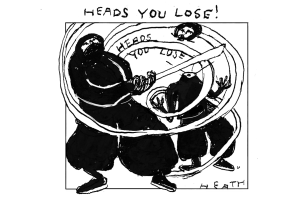
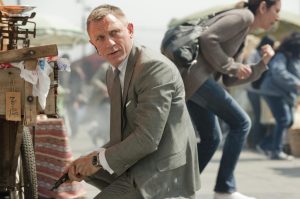

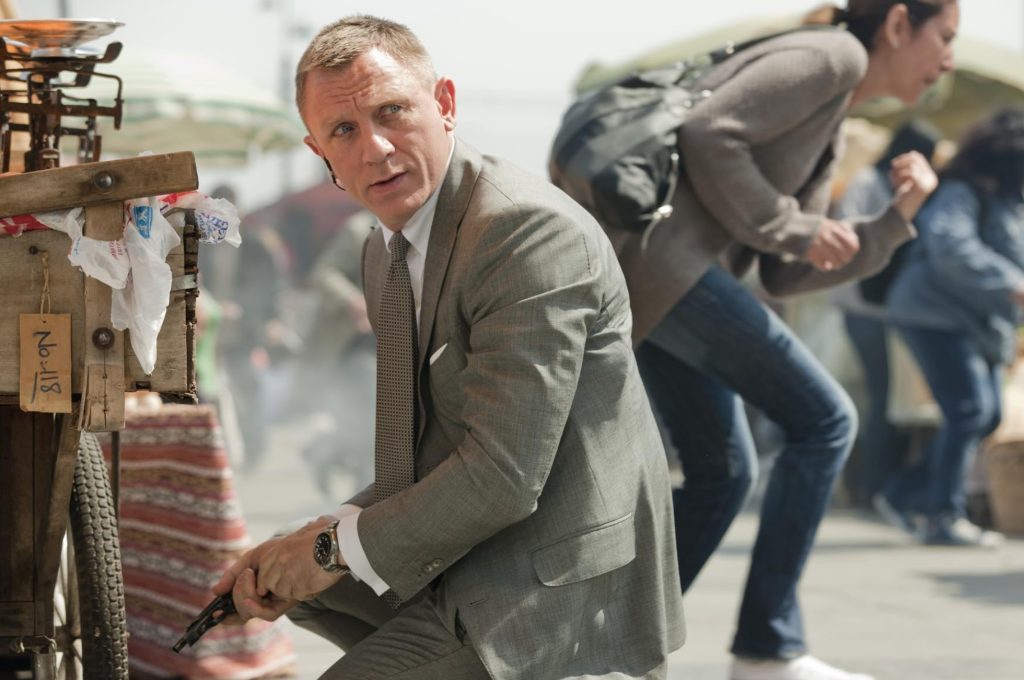
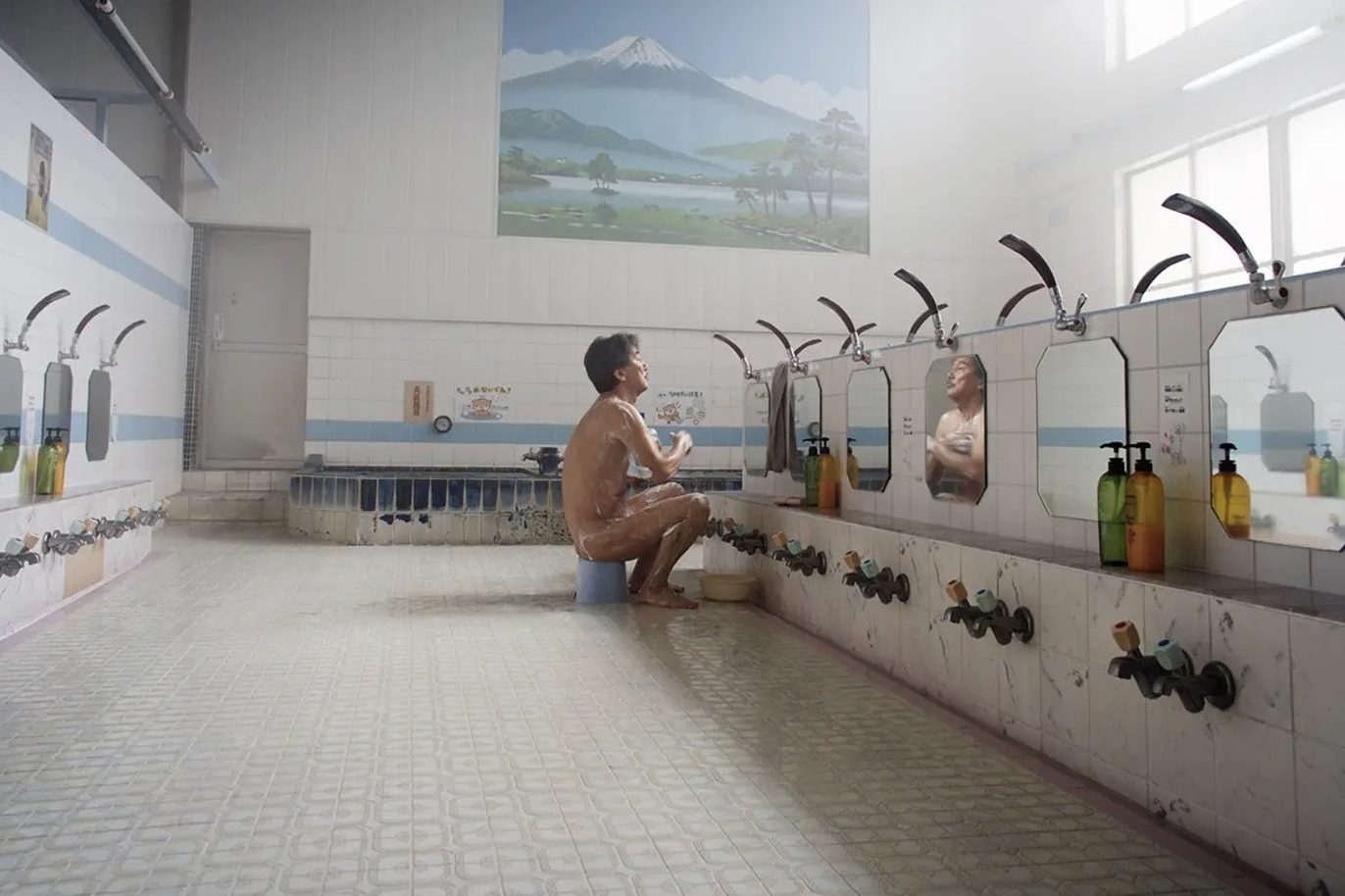

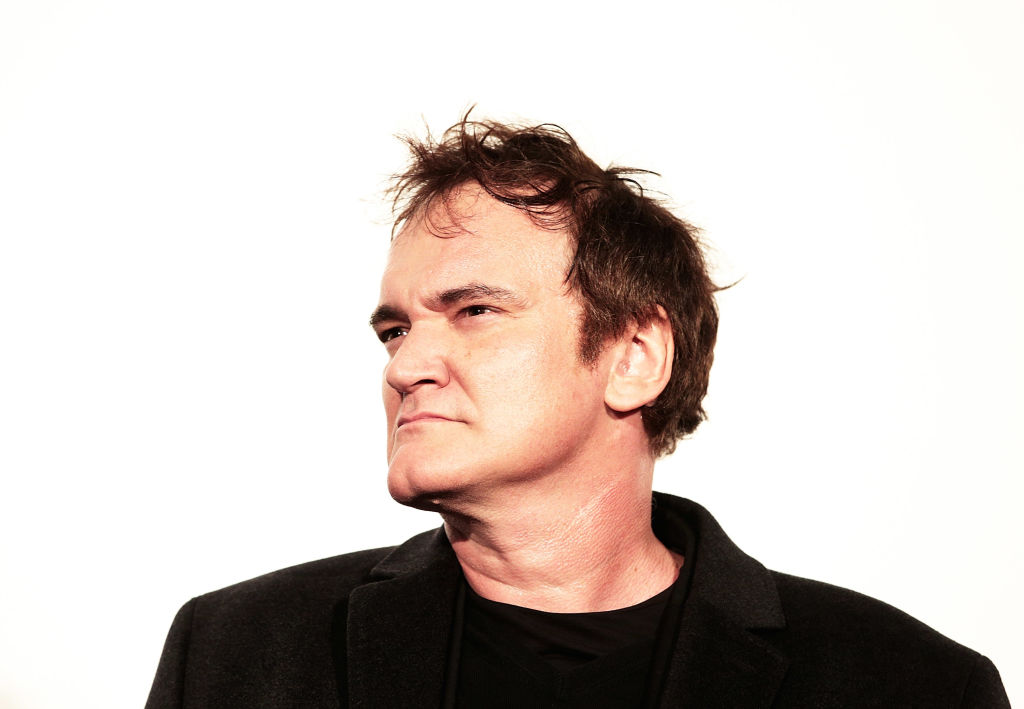
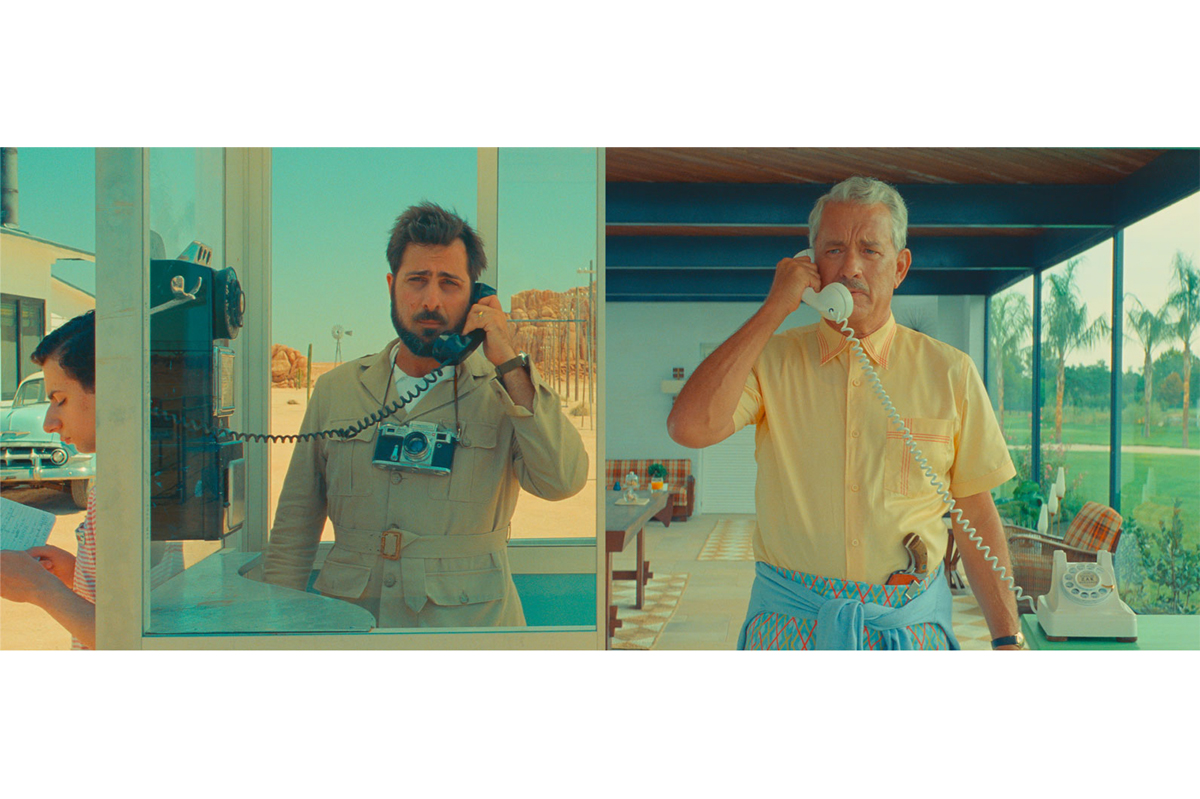
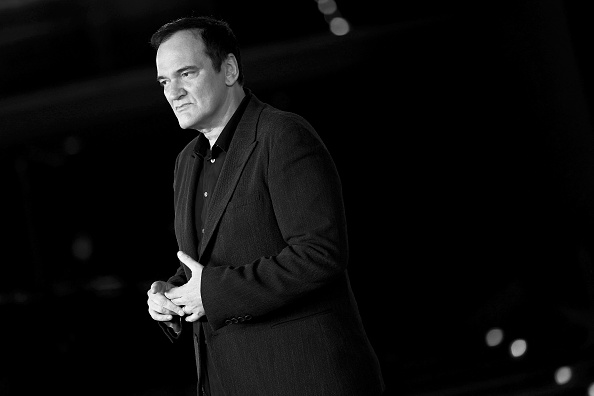




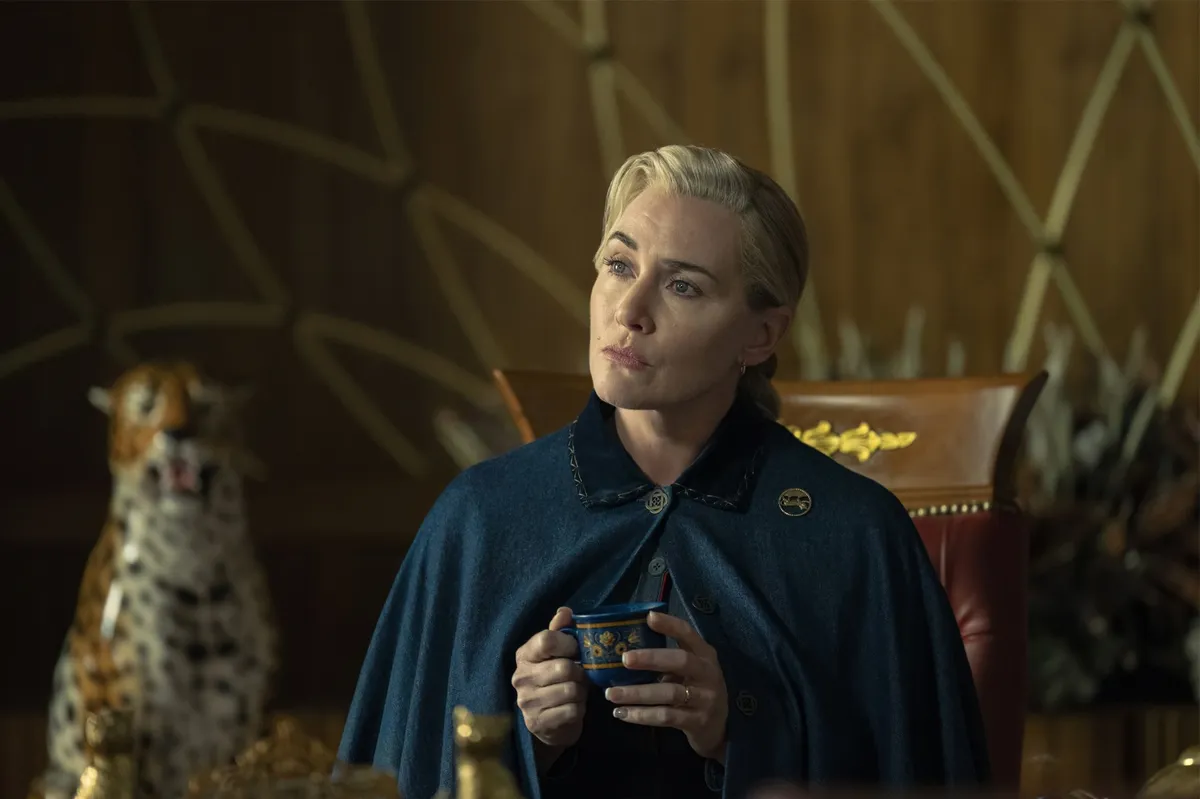


Leave a Reply